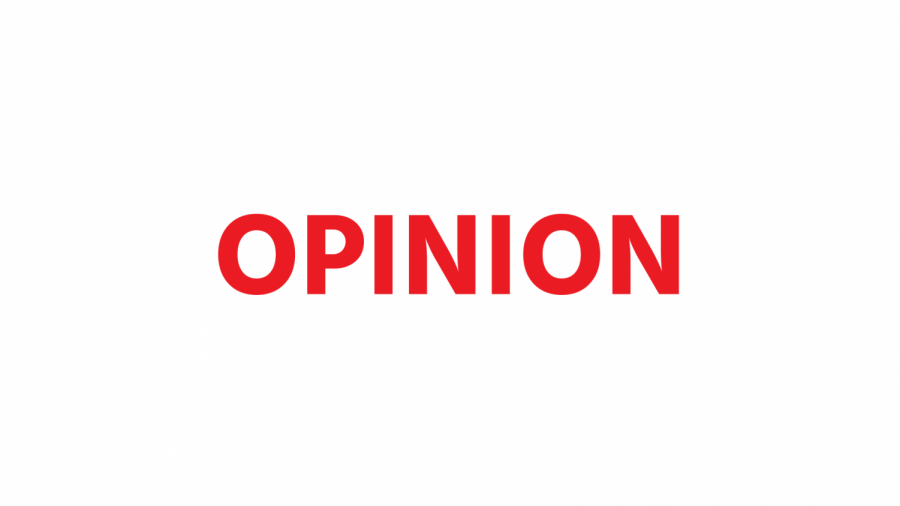Talking Politics: A history of America’s two-party system
March 19, 2018
Given the divisive and starkly disparate ideologies of America’s two dominant political parties, many Americans likely find it difficult to imagine a world with a different political reality. Modern-day Republican and Democratic platforms reflect the ideas of their predecessors but include contemporary issues the founding fathers had not necessarily foreseen. As time progressed and major historical successes, failures and conflicts ensued, the perception of what an ideal governmental structure entails altered.
For the purposes of this column, it is important to focus on the official platforms of the two major parties. The influence of smaller parties such as the Green and Tea parties is evidenced by their ability to draw votes from candidates of the larger parties. However, the electoral system of winner-takes-all in presidential races and first past the post in Congress almost inevitably produces a two-party dominant system. As a result, Republicans and Democrats have driven political discourse since the early 1800s, representing congressional majorities as well as all but four presidents since that time. Their platforms are the focus of this article’s discussion of shifting ideological standpoints.
The election of 1820 saw the end of the Federalist party and Democratic-Republican candidate James Monroe became president. Multiple parties including the Whigs, Free Soil and Know Nothings gained popularity before the Civil War. The end of the Civil War forged the two parties that exist today.
As the ideological gap between the dominant parties grew, their official platforms got longer and more complex. On the topic of immigration, from 1876 to 1960, both Democrats and Republicans shifted their platforms from skepticism toward Asian newcomers to a support for increased immigration based on familial ties and increased quotas. Six years later, Republicans began a campaign for heavily limited immigration while Democrats advocated for citizenship based on a merit-based system. The divide was, to this point, undeniably sharp.
This trend towards stronger discrepancies in policy stance generated the context for the discourse of public officials and individuals of opposing parties that exists today. Republicans were increasingly adamant about protecting the rights of gun owners with limited regulation. Democrats urged additional regulatory procedures for gun ownership and maintained a basic regard for the Second Amendment. Abortion has been one of the most divisive arguments between Democrats and Republicans, whose stances have combated one another since its legality came into question. Democrats upheld the woman’s right to choose, while Republicans fought for the right to life of unborn children.
As Democratic and Republican platforms drift further from one another, the focus then is on a specific constituency, rather than a common good. This us-against-them rhetoric is a bastardization of productive political discourse.
The political system the American people reinforce is inhibitory to compromise. Outspoken leaders of both parties often employ false or hyperbolic narratives to hurt their opponents and render support for their personal agendas. It is about money and reputation circulated within a minority of the country’s citizenry. Empathy, attention to detail, sincerity and integrity are qualities that reside in the false personas of politicians. In reality, they call on vague, easily manipulated ideological structures to obtain or maintain power and influence that contradicts the facets of that personality.
Political parties gather around the notion that their opponents are inherently immoral. When the identity of a group is constructed around the existence of a common enemy and the struggle to gain control over that enemy, political belief systems are degraded in favor of personalistic appeals.
Contemporary politics have created an environment that frames morality around glorified characters rather than an ethical code perpetuated by legal policy.













